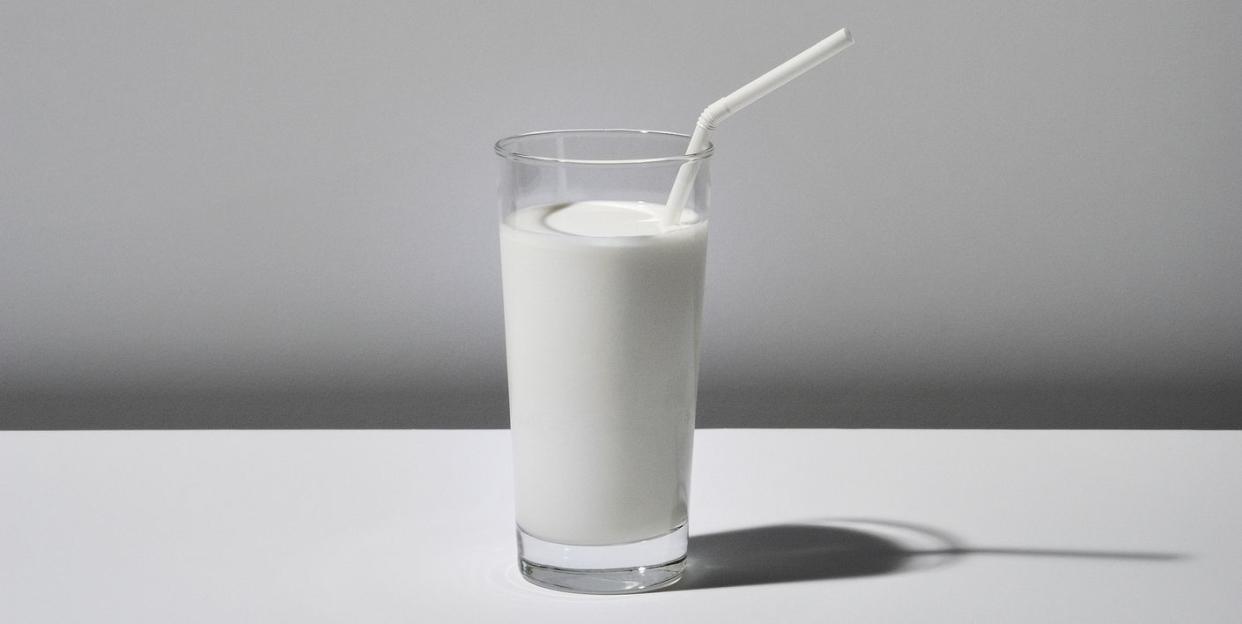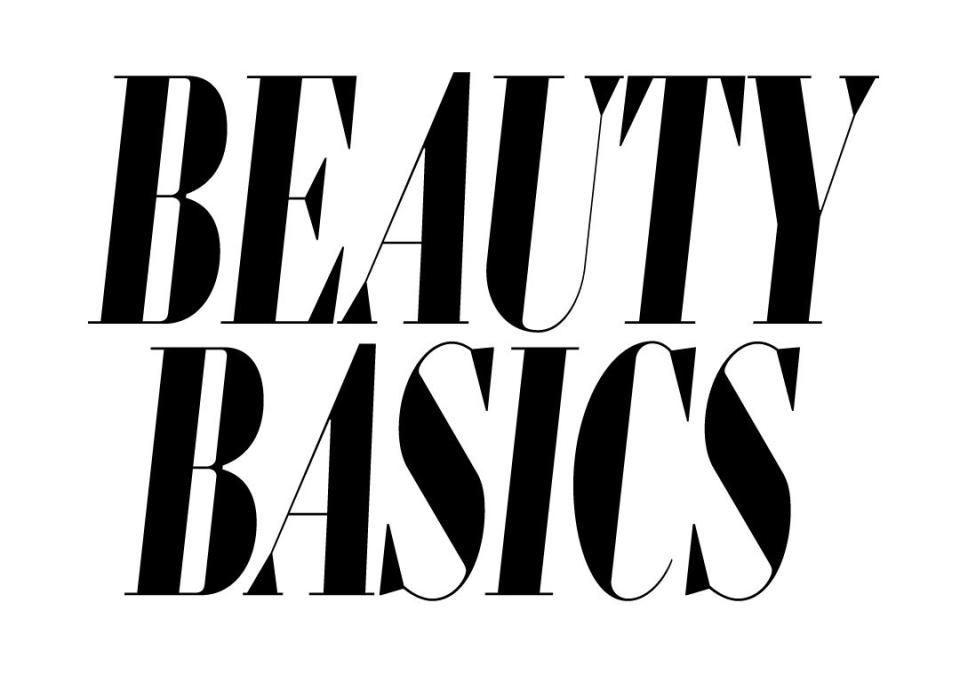Does Drinking Milk Really Cause Acne?

Welcome back to Beauty Basics, a column dedicated to ending pervasive beauty myths (like whether or not pores open and close and if niacinamide is really all that!) once and for all. In this edition we're taking a look at the relationship between milk, acne, and skin inflammation.

My milk preferences change with my mood. I opt for oat milk when I’m feeling fancy or almond if I want to cut back on sugar—though true to my midwestern roots, I still love taking my coffee with good, old-fashioned dairy milk. But late last month, I noticed something strange happening to my skin when I switched back to skim milk from oat: my nose and the skin around it was suddenly and inexplicably beet-red.
Naturally, my mind went straight to my increased dairy intake, since the aphorism that "milk's bad for your skin" is as common as "drink water for good skin." (Been there, tried that). And interestingly, I wasn’t completely wrong this time. “We know that dairy, particularly skim milk, has been associated with skin inflammation and acne breakouts,” says Dr. Joshua Zeichner, Associate Professor of Dermatology and Director of Cosmetic and Clinical Research at Mount Sinai Hospital. “The thought is that skim milk contains a high sugar load as well as whey protein which activates messengers that stimulate our oil glands. This means more oil and inflammation, leading to acne breakouts.”
Why Does Milk Cause Acne?
Let’s talk about whey protein real quick, since you might only know it as something you can buy in bulk for your smoothies. “Whey proteins are mixtures of proteins isolated from whey, which is the liquid part of milk that separates when cheese is made,” explains Skin Wellness Dermatology’s Dr. Corey L. Hartman. From there, this protein can create a domino effect. “Whey increases the production of Insulin-like Growth Factor 1 (IGF-1). Insulin increases the production of oil, which contributes to the development of acne. It also triggers androgen production, testosterone hormones that stimulate oil and cause acne,” says Hartman. Dr. Joyce Imahiyerobo-Ip, CEO of Vibrant Dermatology and Skin Bar MD, also notes that cow milk contains casein—another protein linked to IGF-1—and “high levels” of progesterone, “which is converted to an acne-stimulating hormone dihydroxytesterone in human sebaceous glands.”
But wait, there’s more. Daily Harvest nutritionist Amy Shapiro notes that while the hormone IGF-1 is found in our blood already, cows that are treated with Recombinant Bovine Growth Hormone (RBGH) “tend to have higher IGF-1 levels,” since RBGH “stimulates milk production by stimulating the release of IGF-1.” (That’s why certain dairy milks are advertised as ‘RBGH-free.’)
What About Oat Milk?
Swapping in non-dairy milk isn’t a get-out-of-jail-free pass, either. Shapiro points out that while alt milks might not contain casein, whey protein, or hormones—"which can help consumers avoid skin and digestive issues"—they can be formulated with gums, emulsifiers, preservatives, carrageenans, and extra sugar. These can trigger gut and skin issues, too. “When purchasing alt milks, I recommend reading ingredient labels first,” she says. “Look for clean, simple, whole-food-based ingredient lists.”
So, remember how I said I love dairy milk? I still do, even though this is all a lot to take in. “Dairy isn’t all bad. Fermented dairy products, such as yogurt, help deliver probiotics to the body,” says Zeichner. And that has a domino effect as well: “Probiotics are bacteria that help restore a healthy microbiome. The microbiome is the collection of microorganisms, including bacteria, fungi, and viruses that live symbiotically on our bodies.”
I switched from the occasional splash of skim milk just to see what would happen, and surprise, surprise—my involuntary sunburn went away. Although my nose is probably always going to look a little redder and jollier than I’d like, my skin tone actually looks like the rest of my face now. Not too shabby for a skin care fix I can take with my coffee.
You Might Also Like

